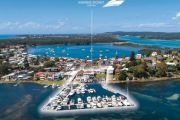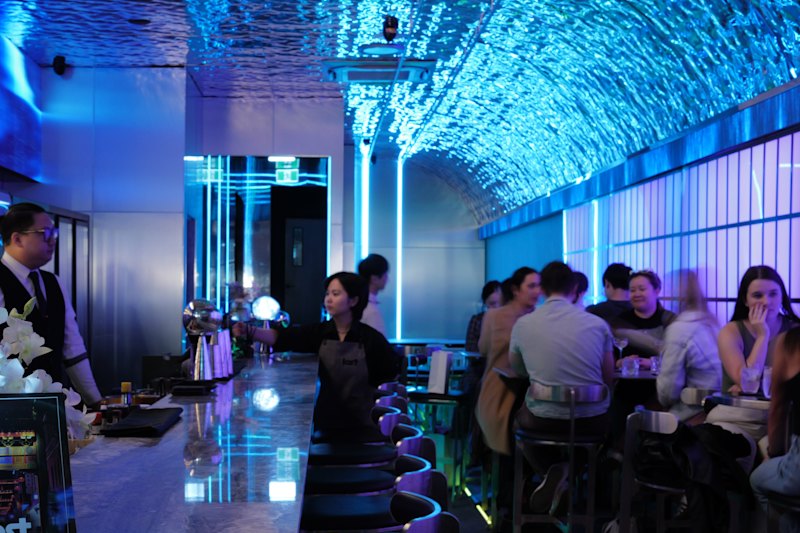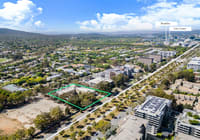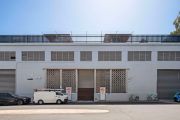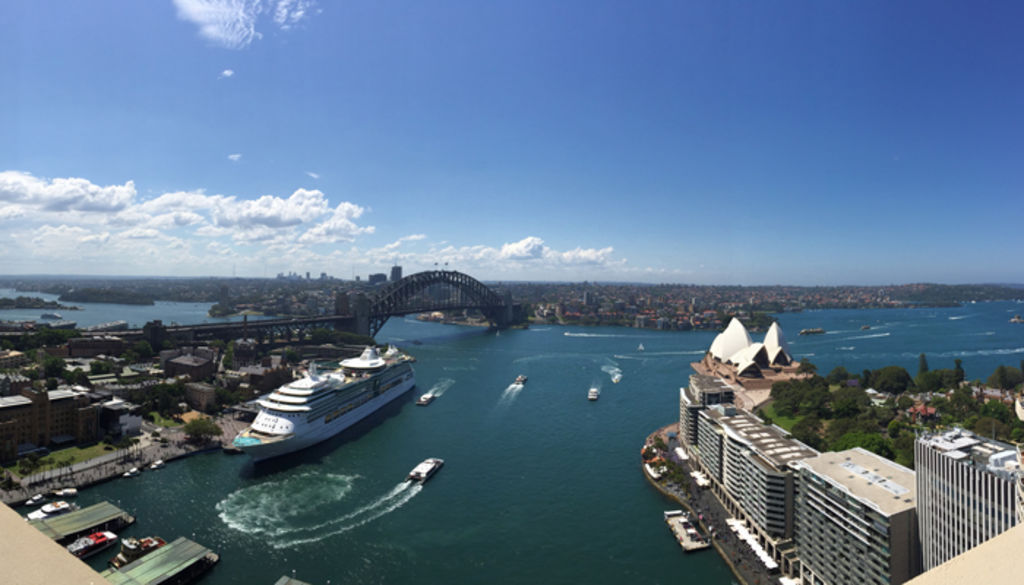
Commercial real estate photography: How to get the best property photos
Property photos are the vital first impression that can make or break a commercial real estate deal.
Great photography will engage more people who will potentially view and share a property listing. This, in turn, can lead to more inquiries for agents.
It’s important to present reliable, accurate images that provide a complete overview of the property while accentuating its best assets – and playing down possible drawbacks.
Here are some tips from the CommercialRealEstate team:
Preparation is key
Before anyone picks up a camera, the property needs to be tidy and free of clutter.
Depending on the size of the space and the nature of the business, this could take a lot of organisation so plan ahead.
Make a list of all the photos needed to match the features that will be included in the listing.
Prospective occupiers are interested in kitchens, common areas and end-of-trip facilities, so even bathrooms and utility areas such as bicycle storage will need to be photographed.
Styling can make a big difference. If the interior is looking dated or the premises are vacant, consider renting furniture, artwork or accessories to give it a boost.
 Effective styling can be as simple as chairs and soft furnishings. Photo: Supplied
Effective styling can be as simple as chairs and soft furnishings. Photo: Supplied
If exterior shots are important to market the property, windows should be clean and outdoor lighting should be checked.
Garden and indoor plant maintenance should be up to date.
If there is illuminated signage on the building, ensure it is working.
 End-of-trip facilities are of interest to commercial property customers. Photo: Supplied
End-of-trip facilities are of interest to commercial property customers. Photo: Supplied
Timing is everything
Every building is different. At what time of day does the property look its best?
Before sunrise and after sunset are good times to photograph a building exterior because of the low light and colour in the sky – especially if the building’s own lighting can be used as well.
To show off natural light, photos should be taken in the middle of the day when the sun is at the best angle.
 Natural light is a great asset in commercial buildings. Photo: Supplied
Natural light is a great asset in commercial buildings. Photo: Supplied
However, a modern high-rise building may also look striking against a bold blue sky with bright sunlight in the middle of the day.
Including people in the photo can add personality and movement to an otherwise corporate image.
Aspects of the property will also determine the best conditions for photos. A roof terrace or a harbour view will not look as inviting under grey clouds and drizzle.
Be prepared to arrange more than one photo shoot for a single property or reschedule if the weather does not suit.
 Composition and movement are key in this photograph. Photo: Supplied
Composition and movement are key in this photograph. Photo: Supplied
Pro tips and tricks
Composition and framing are the basic elements of any good photo.
Frame the surroundings, such as greenery, to add interest to a photo.
 An office tower such as the curved AMP building at Circular Quay, Sydney, looks striking against a blue sky.
An office tower such as the curved AMP building at Circular Quay, Sydney, looks striking against a blue sky.
 Including trees in the frame creates a different effect.
Including trees in the frame creates a different effect.
A photographer’s rule of thumb is to ensure vertical lines, such as window and door frames, always appear vertical.
A photo taken from a low angle will have “converging” vertical lines so to avoid this, the camera should be kept level.
 Vertical lines and thoughtful composition add value to commercial real estate photos. Photo: Supplied
Vertical lines and thoughtful composition add value to commercial real estate photos. Photo: Supplied
On the other hand, converging verticals can be used for dramatic effect when photographing tall buildings.
Think about whether a photo is useful to a space-seeker. Will a shot of a pot plant really add value to your photo gallery?
Turn on all the interior lights and avoid using the camera flash.
Don’t forget to ensure the reflection of the photographer, bystanders or equipment is not part of the photograph. Check mirrors, glass and even shiny appliances.
 Does the plant photo really need to be included in the property listing?
Does the plant photo really need to be included in the property listing?
Go easy on special effects
Sure, photo-editing software and smart devices have some great functionality nowadays to alter photos on the run.
Light, colour and filter settings can all be used to change a photo easily with a couple of taps and swipes.
But the golden rule applies – just because you can, doesn’t mean you should.
The use of special effects such as tilt-shift can be overpowering or, worse still, distort the photo in a way that possibly misrepresents the property.
Let a great photo shine through without unnecessary enhancement.
 The popular tilt-shift effect can be too much.
The popular tilt-shift effect can be too much.
 In this case, the original is best.
In this case, the original is best.
Be organised
When it comes to photo housekeeping, organisation is vital.
Photos must be accessible and easily sourced for promotion and advertising purposes.
Maintain photo libraries for each property that is photographed.
High-resolution images will be needed for brochures, advertising and print media coverage.
Use a cloud-based service to share images with stakeholders so they can be downloaded – don’t send big files by email.
Ensure caption and attribution information is correct and available for each image.
Leave it to the experts
There’s no substitute for finding a professional to photograph your property – especially if they have real estate experience.
While high-end equipment and software is widely accessible to amateur photographers nowadays, skill and technical knowledge will always be needed to take a great photo.
People looking to buy and lease Australia’s premium properties expect imagery to match, so professional photography is an important investment.
- First impressions are important. Promote your property the right way by connecting with a photographer through our partners at Oneflare and let them capture your property in the best light.

